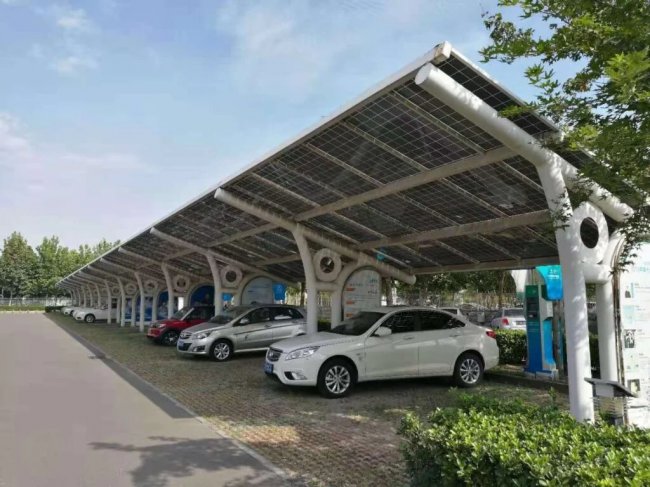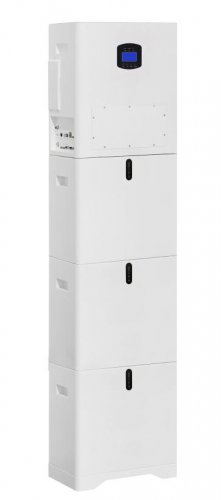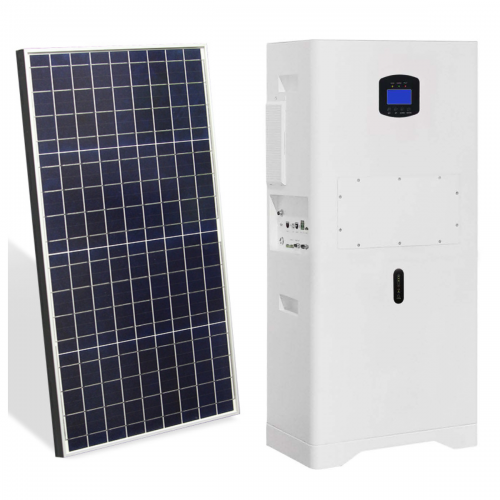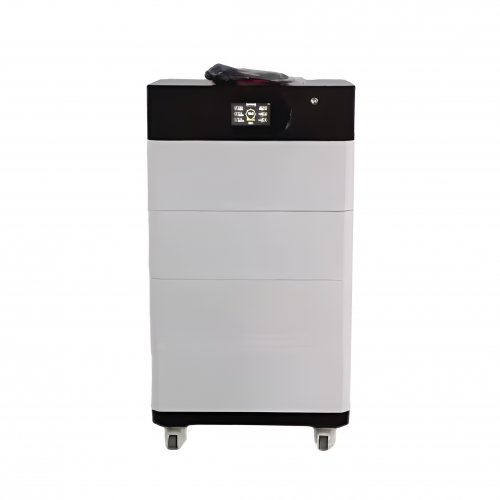How To Use Lifepo4 Battery Usage Guidelines: Maximizing Performance, Safety, And Lifespan
LiFePO4 (Lithium Iron Phosphate) batteries represent a significant advancement in rechargeable battery technology, offering superior safety, a long cycle life, and excellent stability compared to other lithium-ion counterparts. However, to fully capitalize on these benefits, users must adhere to specific usage guidelines. This comprehensive guide provides detailed steps, practical tips, and critical precautions to ensure you get the most out of your LiFePO4 battery.
Part 1: Initial Setup and Daily Operation
Step 1: Initial Charging and Inspection Upon receiving your new LiFePO4 battery, the first step is a thorough visual inspection. Check for any signs of physical damage, such as dents, cracks, or leaking. Before its first use, it is highly recommended to fully charge the battery using the provided LiFePO4-specific charger. This initial charge ensures all cells are balanced and brought to a full state of charge (SOC), calibrating the battery management system (BMS) for accurate performance.
Step 2: Understanding State of Charge (SOC) Unlike older battery chemistries, LiFePO4 batteries do not suffer from a "memory effect," meaning they do not need to be fully discharged before recharging. In fact, the opposite is true. The optimal operating range for a LiFePO4 battery is between 20% and 80% SOC. While occasional full cycles (0%-100%) are acceptable, consistently keeping the battery in this middle range significantly reduces stress and prolongs its lifespan. Avoid regularly discharging the battery to 0%.
Step 3: Regular Charging PracticesUse the Correct Charger: Always use a charger specifically designed for LiFePO4 chemistry. Using a charger meant for lead-acid or other lithium-ion types can be dangerous and will damage the battery. The correct charger will have the precise voltage limits (typically 14.2V - 14.6V for a 12V battery) required for safe charging.Charging Parameters: Charge at room temperature whenever possible. While the battery can accept a charge at high rates, a moderate charge rate (0.5C or less) is gentler and promotes longevity. The built-in BMS will stop the charge once the battery is full. There is no need to "trickle charge" or "float" a LiFePO4 battery continuously once charging is complete; simply disconnect it.
Step 4: Discharging Practices The BMS protects the battery from excessive discharge, but it is good practice to avoid draining it to the point where the BMS cuts off power. Plan your usage to stay above 10-20% SOC. Be mindful of the discharge rate; while LiFePO4 can handle high currents, continuous discharge at the maximum rated rate will generate heat and reduce cycle life. Use a battery monitor to keep track of voltage, current, and remaining capacity.
Part 2: Advanced Tips for Optimal Performance
1. Storage: If you need to store the battery for an extended period (a month or more), the ideal SOC is between 50% and 60%. Store it in a cool, dry place with a stable temperature, ideally between 5°C and 25°C (41°F and 77°F). Never store a battery that is fully charged or fully depleted, as both states accelerate degradation. 2. Temperature Management: Temperature is a critical factor. The battery operates best within a temperature range of 0°C to 45°C (32°F to 113°F) for discharging and 0°C to 55°C (32°F to 131°F) for charging. Avoid charging a battery that is below freezing (0°C/32°F). Some advanced batteries have internal heaters for this purpose; if yours does not, allow it to warm to room temperature before charging. 3. Cell Balancing: High-quality LiFePO4 batteries come with an active BMS that performs cell balancing. This process ensures all individual cells within the battery pack charge and discharge at the same rate. Occasional full charges (to 100%) allow the BMS to perform this balancing function effectively. If you notice a significant drop in capacity or runtime, a full charge cycle can help rebalance the cells. 4. Cleaning and Maintenance: Keep the battery terminals clean and free from corrosion. Ensure all connections are tight to prevent voltage drops and arcing. The battery case itself can be wiped clean with a dry cloth.
Part 3: Critical Safety Precautions and What to AvoidAVOID Extreme Temperatures: Never expose the battery to open flame, extreme heat (above 60°C/140°F), or direct sunlight for prolonged periods. Do not charge a frozen battery.AVOID Physical Abuse: Do not puncture, crush, drop, or immerse the battery in water. Physical damage can cause an internal short circuit, leading to failure or fire.AVOID Short-Circuiting: Never directly connect the positive and negative terminals with a metal object. This creates a massive and dangerous current flow, generating extreme heat and posing a severe fire risk. Always use insulated tools and ensure your installation is secure before making final connections.AVOID Using an Incompatible Charger: This cannot be overstated. A lead-acid charger will overcharge and destroy a LiFePO4 battery, creating a potentially hazardous situation.AVOID DIY Modifications: Do not attempt to disassemble, modify, or repair the battery yourself. The internal components are under high pressure and contain hazardous materials. Always contact a qualified professional or the manufacturer for service.Use in a Well-Ventilated Area: Although LiFePO4 is one of the safest lithium chemistries and thermal runaway is rare, it is not impossible. Always use and charge the battery in a well-ventilated area, away from flammable materials.
By following these detailed guidelines, you can ensure that your LiFePO4 battery delivers on its promise of thousands of cycles, reliable power, and safe operation for years to come. Understanding and respecting the technology is the key to unlocking its full potential.
Customized/OEM/ODM Service
HomSolar Supports Lifepo4 battery pack customization/OEM/ODM service, welcome to contact us and tell us your needs.


HomSolar: Your One-stop LiFePO4 Battery Pack & ESS Solution Manufacturer
Our line of LiFePO4 (LFP) batteries offer a solution to demanding applications that require a lighter weight, longer life, and higher capacity battery. Features include advanced battery management systems (BMS), Bluetooth® communication and active intelligent monitoring.

Customised Lithium Iron Phosphate Battery Casing
ABS plastic housing, aluminium housing, stainless steel housing and iron housing are available, and can also be designed and customised according to your needs.

HomSolar Smart BMS
Intelligent Battery Management System for HomSolar Energy Storage System. Bluetooth, temperature sensor, LCD display, CAN interface, UART interface also available.


Terminals & Plugs Can Be Customized
A wide range of terminals and plugs can be customised to suit the application needs of your battery products.

Well-designed Solutions for Energy Storage Systems
We will design the perfect energy storage system solution according to your needs, so that you can easily solve the specific industry applications of battery products.



About Our Battery Cells
Our energy storage system products use brand new grade A LiFePO4 cells with a battery lifespan of more than 4,000 charge/discharge cycles.



Applications in Different Industries
We supply customized & OEM battery pack, assemble cells with wiring, fuse and plastic cover, all the cell wires connected to PCB plug or built BMS.
Applications: E-bike, Electric Scooter, Golf Carts, RV, Electric Wheelchair, Electric Tools, Robot Cleaner, Robot Sweeper, Solar Energy Storage System, Emergency Light, Solar Power Light, Medical Equipment, UPS Backup Power Supply.
We can provide you with customized services. We have the ability to provide a vertical supply chain, from single cells to pack/module and to a complete power solution with BMS, etc.


HomSolar (Shenzhen) Technology Co., Ltd
























